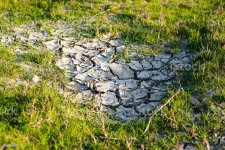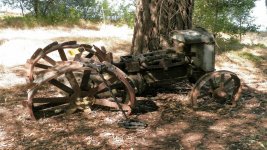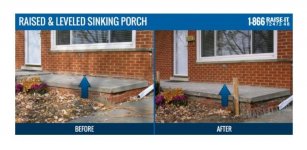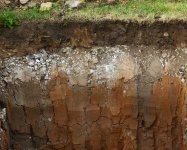gunslinger44
Greenie
- Mar 29, 2019
- 18
- 17
- Primary Interest:
- All Treasure Hunting
It's really two questions:
1) What is the depth range that actual coin caches were commonly buried?
2) would a jar of silver or gold sink very deep over say a 50 year period?
Area is eastern mountains.
1) What is the depth range that actual coin caches were commonly buried?
2) would a jar of silver or gold sink very deep over say a 50 year period?
Area is eastern mountains.














